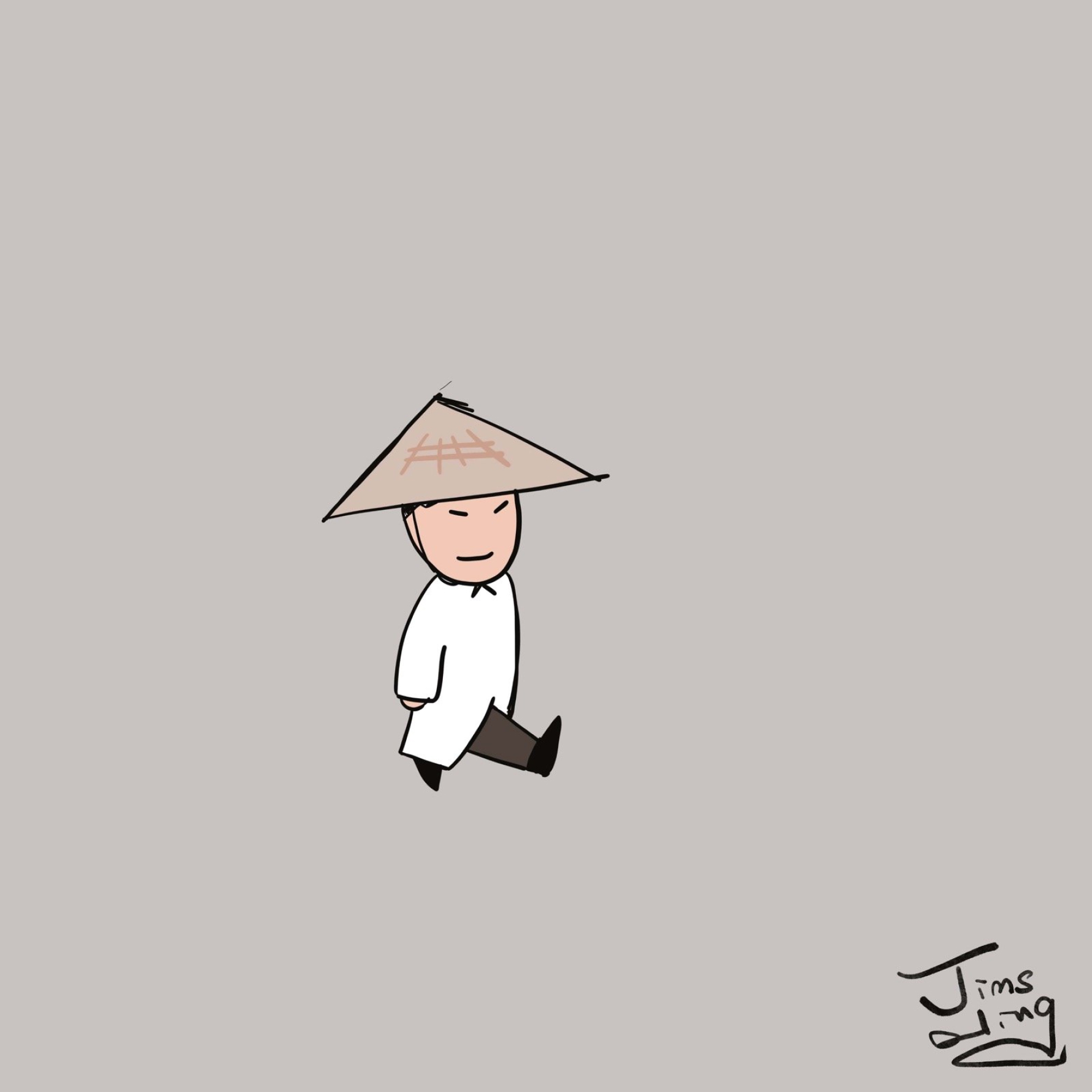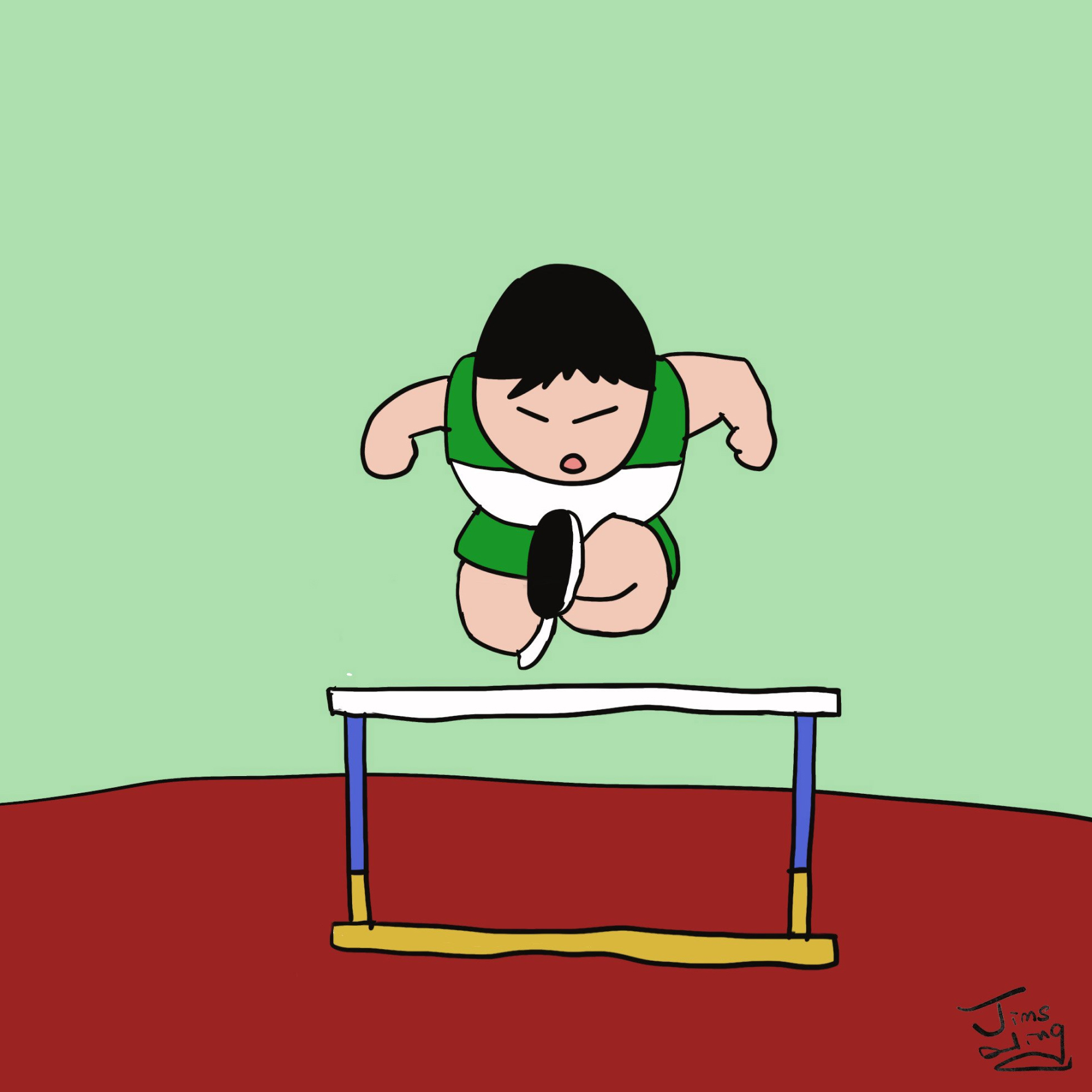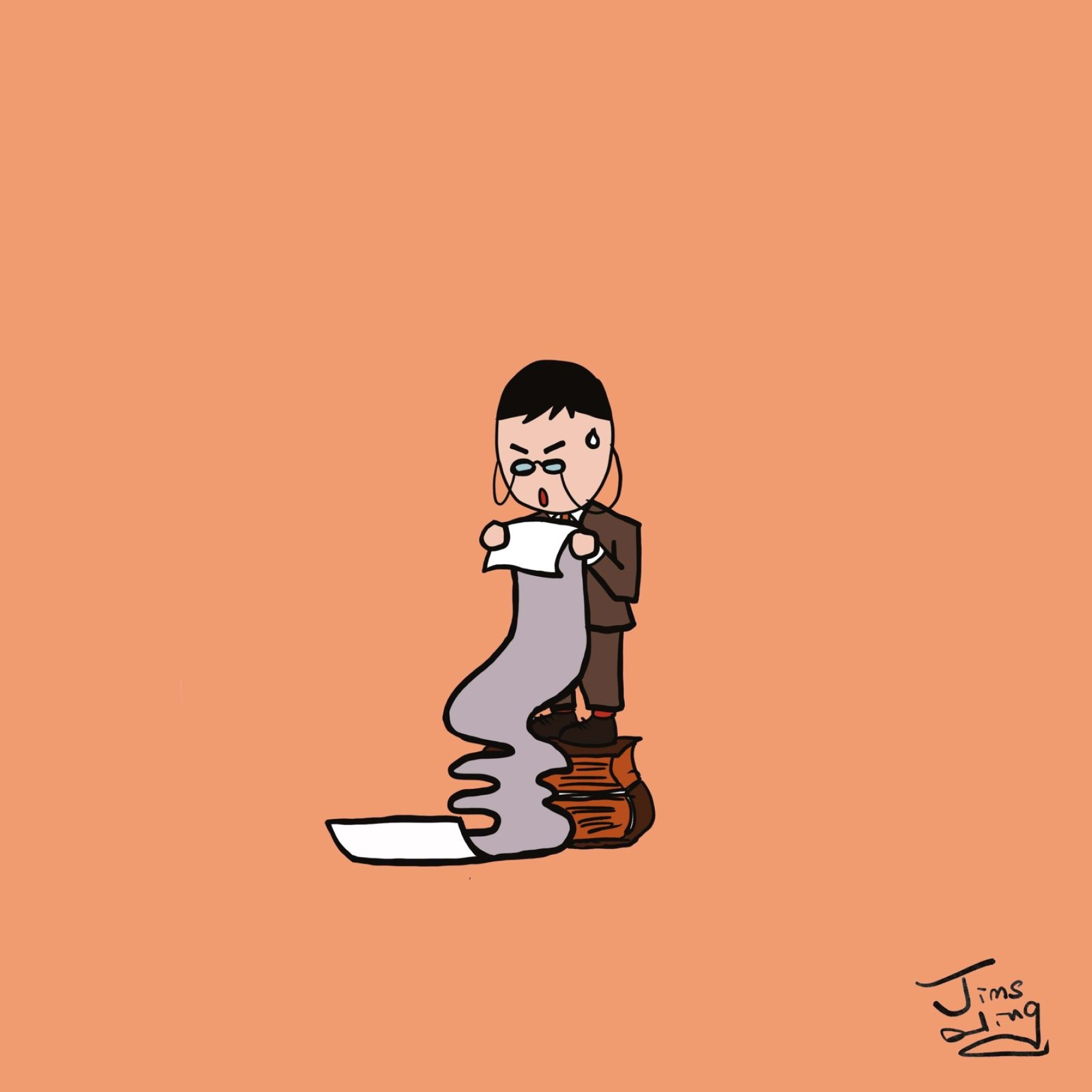The trademark journey never lacks obstacles. While the troubles, more often than not, are brought to you by the Trademark Offices ( Refusal on Absolute Grounds and Refusal on Relative Grounds), a third party could well give your trademark application a real headache, and trademark opposition is one possibility. Whenever you get challenged from someone by opposing your trademark application – Before you go consult a local specialist (“Trademark Opposition Lawyer”), let’s learn from Trasomark three general tips about general trademark opposition service, including how long is the opposition period for a trademark, how to fight a trademark opposition and how the trademark opposition fees will affect your decision.
Table of Contents
ToggleThe Basic – What is Trademark Opposition?
When you file a trademark application, typically it will first be examined by the local Trademark Office. If everything is in order, the Office will:-
(i) publish the trademark in an official journal for a certain period of time.
(ii) send you a notice of publication.
Many congratulations! A notice of publication (in most jurisdictions) implies that the Trademark Office agrees that your trademark should be allowed for registration! However, isn’t it strange that the Office also openly notify the public about your good news (inviting the public to send congratulating notes to you?!)? We call this waiting period the “Trademark Publication Period” or “Trademark Opposition Period”, that any third party (or interested parties only in some other jurisdictions) could file a trademark opposition against your trademark application during this period.
The trademark opposition period is typically short, which is three months in most jurisdictions. Usually, there are also mechanisms for extending the trademark opposition period for a few months upon cogent reasons. When you think about it, the length of such a period is quite fair. While the trademark application will not be over-delayed, interested parties should have ample time to make a decision.
You might have also heard about “watch services”, which are also part of trademark opposition service. Some trademark owners are very serious about trademark protection, so they will engage trademark opposition lawyers’ watch services and receive a report of published similar marks regularly to consider if filing a trademark opposition is required.
When your trademark is being opposed, the party who is opposing trademark application is called the Opponent.
Tip 1 – No Worry, the Opponent is Likely Facing an Uphill Battle!
Trust me, encountering a trademark opposition is never the end of the world! Instead, the Opponent is swimming against the current! Think about it, if your “Pinky Girl” application is approved and published notwithstanding an earlier “Pink Pink Girl” registration, filing an opposition could be like a “slamming face” on the Trademark Office’s professional judgment. Persuading the Examiner to form a completely different opinion is no easy task.
It Is however by no means a done deal. Still, the Opponent will bring a fight by giving more food for thought to the Examiner. There could be something pivotal to the outcome that the Examiner did not know during the examination. For example, you are an ex-employee of the Opponent, or the Opponent has amassed a tremendous reputation. Suffice to say, each case has to be assessed on its own merits.
Tip 2 – Trademark Opposition Fees Could be a Game Changer
Rules always dictate the behaviours of stakeholders, and Trasomark would like to remind you how the trademark opposition fees (including legal costs of a trademark opposition lawyer) could change the whole picture. At the outset, you should be made aware that in some jurisdictions:-
1. trademark opposition fees will be awarded in favour of the winning parties;
2. trademark opposition lawyers’ costs are extremely high;
3. trademark opposition lawyers are not allowed to “charge as you win”.
We now take extreme examples for easy understanding.
In jurisdiction A, you need to pay US$30,000 for your own trademark opposition service, with a risk that you may need to pay another US$30,000 to the Opponent if you lose. However, if you win, forget the US$30,000 to the Opponent, and you can even get back US$30,000 from the Opponent.
In jurisdiction B, you only pay US$300 to complete the trademark opposition, and there is simply no risk of paying the legal costs of the Opponent. Of course, there is no way for you to ask the Opponent to pay you US$300 even if you win.
It is all but natural that you would only go for very positive cases in jurisdiction A during trademark opposition period, but may anyway want to try your luck in jurisdiction B. Likewise you can predict the Opponent’s behaviour and plot your own strategy on how to fight a trademark opposition.
Tip 3 – Importance of Negotiation
In our experience, the Opponent is not necessarily hostile; the opposition field may well be a means of tying you to the negotiation table. In case the two concerned trademarks are less similar, perhaps a cross-undertaking not to confuse the markets can work. Even if the two marks may look fairly similar, the respective businesses are bound to be different and there may be room for separating marketing segments in a delicate manner. If the Opponent is a foreign party, a global co-existence agreement could be explored to divide various jurisdictional camps between the two parties.
Equipped with our three tips, you should have learnt more about Trademark Opposition Service, how long is the opposition period for a trademark and how to fight a trademark opposition, and hopefully be more confident with your DIY trademark journey. Don’t forget to consult your trademark opposition lawyer!






